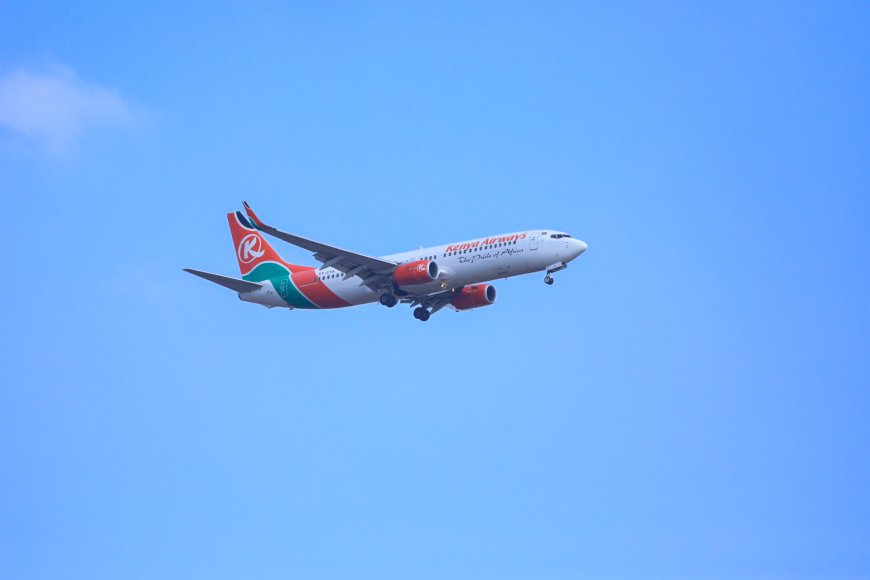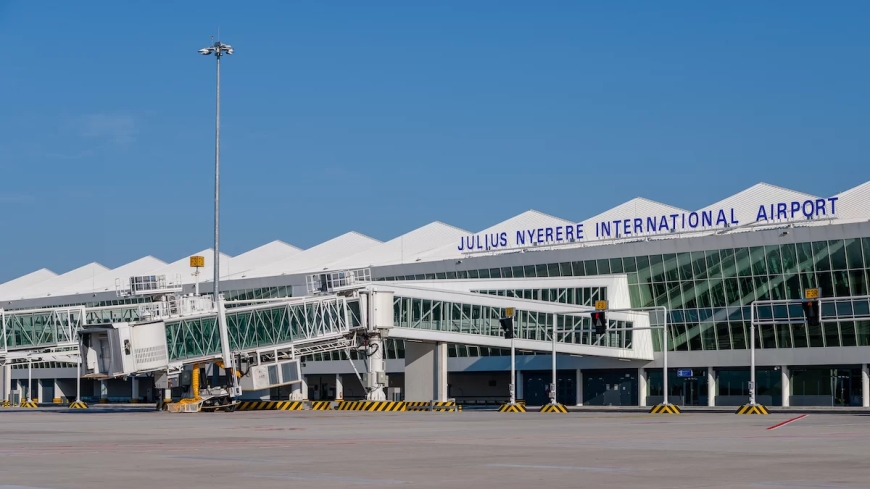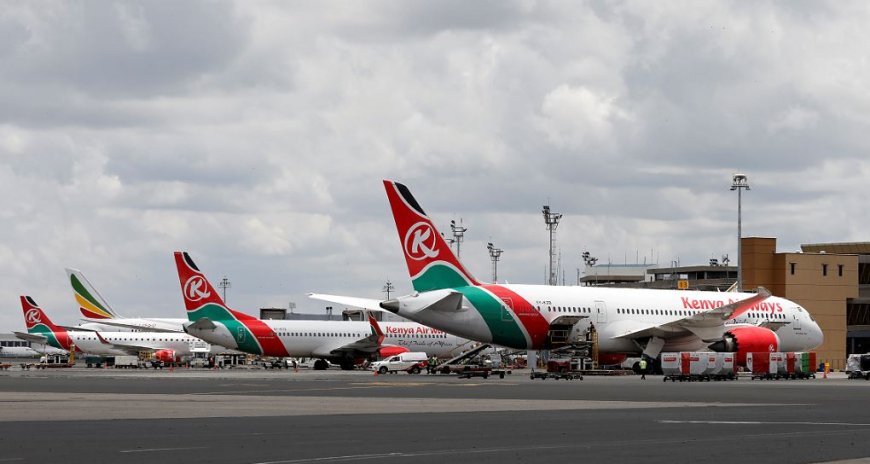Kenya Airways Flight Turns Back To JKIA After Takeoff
The passenger plane was over an area near Chyulu Hills National Park when it turned back.

UPDATE: Kenya Airways has confirmed that Flight KQ484, bound for Dar es Salaam from Nairobi, made a return to Jomo Kenyatta International Airport (JKIA) on April 27, 2025, shortly after takeoff, due to what it said was a medical emergency.
In a customer update, KQ revealed that the flight, which departed at approximately 13:40 local time, was turned around as a precautionary measure to ensure the safety of a passenger in need of immediate medical attention. Upon arrival at JKIA, the aircraft was met by a medical team, and all required health and safety protocols were promptly followed.
"Passengers were briefed and provided with guidance in line with health and safety regulations. Upon attending to the emergency, the flight was cleared for takeoff to Dar es Salaam at 15:54hrs," read the update in part.
A Kenya Airways (KQ) flight that was bound for Dar es Salaam in Tanzania from Nairobi was forced to turn back to the Jomo Kenyatta International Airport (JKIA) on Sunday, April 27.
According to NTV, passengers reported concerns over the leakage of hazardous biological material (Tuberclosis Bacilli) in the cargo hold.
Through the flight tracking platform FlightRadar24, Viral Tea has authoritatively established that the flight was KQ 484, which departed Nairobi at 12.48 pm and was scheduled to arrive at Dar es Salaam at 2.00 pm.
However, it was only 25 minutes into the flight to Julius Nyerere International Airport when it turned back, reportedly following instructions from Kenyan authorities.

A photo of Julius Nyerere International Airport in Dar es Salaam, Tanzania. /832 PRODUCTION LINE
According to the flight path, the passenger plane was over an area near Chyulu Hills National Park when it turned back. It circled once over Kitengela before heading back to land at JKIA.
The national carrier is yet to issue an official statement by the time of going to press.
What Is Tuberculosis Bacili?
Tuberculosis bacilli, or Mycobacterium tuberculosis, are the bacteria that cause tuberculosis (TB), a serious infectious disease. These bacteria are rod-shaped and have a waxy cell wall that makes them tough to kill and hard for the immune system to attack.
TB bacilli mostly target the lungs but can also spread to other parts of the body, like the brain, kidneys, and spine. When someone with active TB coughs, sneezes, or even talks, they release the bacteria into the air, making it highly contagious through airborne transmission.
One of the reasons TB is so difficult to treat is that these bacteria can become dormant in the body, leading to latent infections that can reactivate years later if the immune system weakens.
Fighting TB usually requires months of antibiotic treatment, and drug-resistant strains are becoming a major global threat.
Can Hazardous Biological Material Leak In A Plane's Cargo Hold?
The simple answer is yes, hazardous biological materials can leak in a plane’s cargo hold, though it is rare because there are strict regulations in place to prevent it. Hence, if the passenger reports are confirmed in this case, this could form one of the rare occurrences.
Airlines and shipping companies follow tight rules set by organisations like the International Air Transport Association (IATA) and the International Civil Aviation Organisation (ICAO) for packaging, labelling, and handling biological substances. Materials like infectious samples, blood, or lab cultures must be sealed in multiple protective layers — think leakproof containers inside sturdy packaging — and clearly marked as dangerous goods.
Despite all the precautions, accidents can still happen, usually due to improper packaging, rough handling, pressure changes during flight, or extreme temperature shifts in the cargo hold.
If a leak does occur, it can pose serious health risks to ground crews, cleaning staff, or even potentially the passengers if the material gets into the cabin air (which is extremely unlikely, but technically possible in worst-case scenarios).
This is why airlines treat biological leaks like a full-on hazmat emergency: isolating the area, calling in specialists, and thoroughly decontaminating the plane.
Kenya Airways has had its share of emergencies. This one comes days after a passenger died aboard its flight heading to Nairobi from New York in the United States (US).







